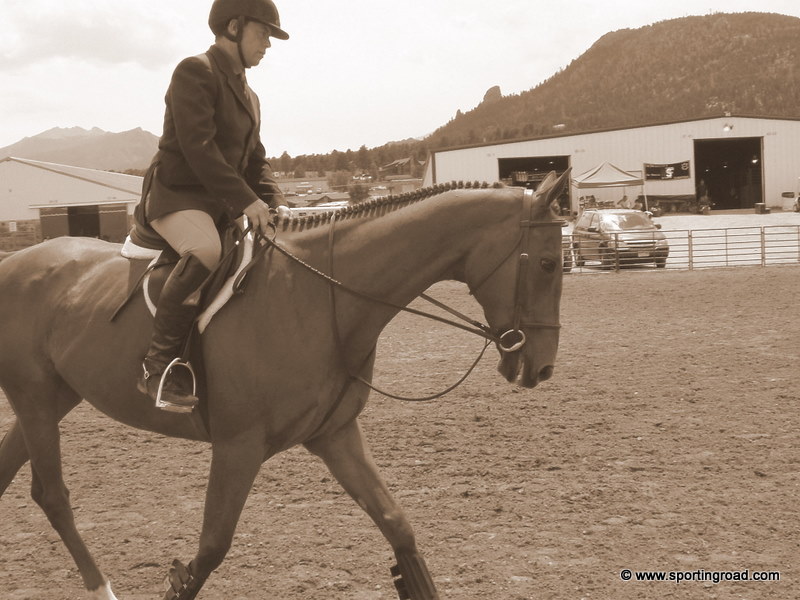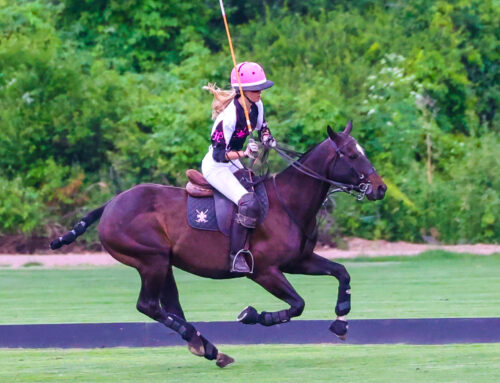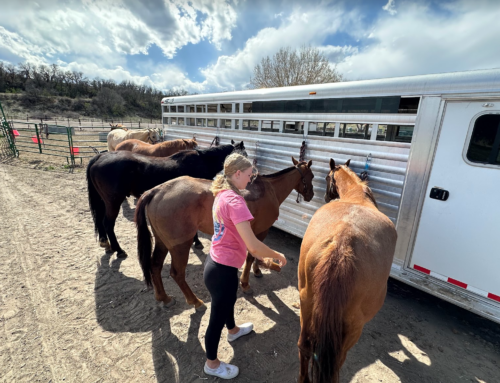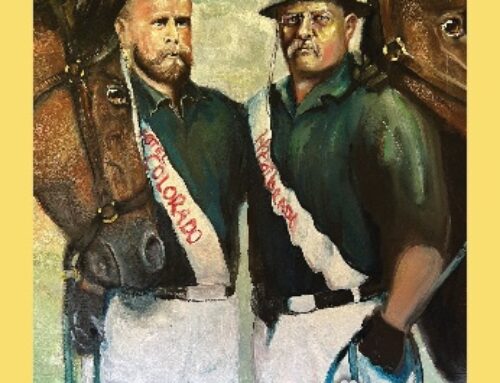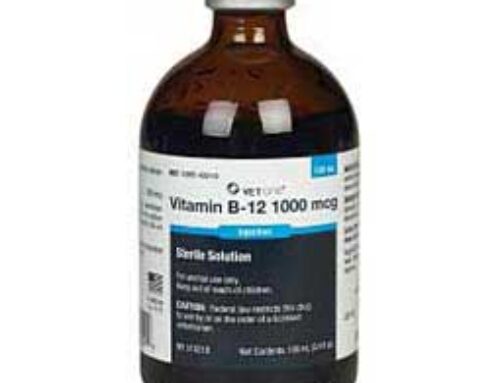The fox hunting season proper is not far off and many of us are thinking of getting our hunters out of pasture and legging them up for the season. Many foxhunters continue to use their hunt horses throughout the summer months for showing, eventing, polo, trial riding or pleasure riding, thereby eliminating or reducing the legging up for the season issue. But many others give their field hunters some well-deserved time off at the end of the season and conditioning for the hunt season becomes an annual ritual.
We have been fortunate to enjoy field hunters who had double lives in the summer, also excelling at as polo ponies or show jumpers. We have also been fortunate to have field hunters who simply enjoyed three or more months off in a pasture, not having been ridden at all in the off-season. There is no right answer to the “to turn out or to not turn out question.” Some horses seem to do better being in work all season, while others seem to benefit from the time off and develop a bad attitude if they don’t have some time to just be a horse.
For the entire article, click this link… Legging Up Your Hunter in Covertside Magazine 2013.
For the most thorough veterinary article on horse conditioning click this link: http://www1.agric.gov.ab.ca/$department/deptdocs.nsf/all/hrs6942
FOR LEGGING UP POLO PONIES, OUR PRO AT DENVER POLO CLUB RECOMMENDS AS FOLLOWS:
Pre Season
(Exercise)
As we approach polo season, I thought it would be a good idea start thinking about getting yourself and your horses ready for the season. These are a few tips and suggestions to
help keep you and your horses healthy for the entire season. Don’t wait until it is too late. As our season approaches, get your horses into a fitness routine so they will be ready when the season starts. If you don’t give your horses enough time to prepare, they likely won’t last the season. Injuries are much more likely to occur when horses are not fit enough. Imagine not exercising for months then deciding to jog for 10 days before running a marathon. It is equally ridiculous to play a horse that has only had a week or two of exercise. Why risk injury to begin your season?
Getting horses fit is an art not everyone completely understands. It is also one you could debate as everyone has his own ideas. There are, however, some common aspects that
most people would agree upon. Most of your horses have been turned out for 6-7 months, which means you will need at least 3 months to get them into proper shape. The following exercise program is a great example of how to get your ponies in playing condition.
March
Week 1 (7-10 days of work)
Walk 20mins
Week 2 (7-10 days of work)
Walk 15mins
Trot 5-7mins
Walk 10mins
Week 3 (7-10 days of work)
Walk 15mins
Trot 10-12mins
Walk 10mins
Week 4 (7-10 days of work)
Walk 10mins
Trot 10mins
Walk 10mins
Trot 5mins
Walk 5 mins
April
Week 5 (7-10 days of work)
Walk 10mins
Trot 20mins
Walk 10mins
Week 6 (7-10days of work)
Walk 10mins
-In circles, spiral in/spiral out 5mins each direction
Trot 30mns
-In circles for 15mins each direction
Walk 10mins
Trot 10mins
Walk 5mins
Week 7 (7-10days of work)
Walk 10mins
-In circles, spiral in/spiral out 5mins each direction
Trot 20mins
-In circles, spiral in/spiral out 10mins each direction
Walk 5mins
Trot 5mins
Slow Canter 5mins
Walk 5mins
Week 8 (7-10days of work)
Walk 5mins
Trot 20mins
Slow Canter 10-12mins
Walk 10mins
This two month/80 day program is a great way to get your horses legged up to start stick and balling along with adding in short work. For the next month before the season starts
you will want to add in a little bit more canter.
Remember some people think that you should break your trot or slow lope routine into two segments during one outing. That is, you would trot two intervals of five to 10
minutes as opposed to one interval of 10 to 20 minutes. The overall point is basically the same. Start out slow and ease into a routine that actually builds fitness levels.
NOTE:
Walking –Stretches and warms muscle
Trotting – Builds muscle
Canter – Builds lungs
If your horse is coming back from a prior injury it is a good idea to wrap their legs with polo wraps or boots to give them extra support. That being said when you start your
horses do not wrap their legs, this is why we start so slow. Adding the polo wraps will not allow their tendons to strengthen while you are legging them up. Add them when you
star to canter, do circles or short work.
During the Season(Exercise)
By now (May) your horses should be legged up and ready for the outdoor season. With a few arena games under their belt they should be back to normal. Typically each year we
will be playing Wednesday, Saturday and Sunday. A good maintenance program would be as follows:
Monday
Day Off
Tuesday
Walk – 10mins
Trot – 15mins
Canter – 20mins
Walk – 10mins
Wednesday
Practice
Thursday
Walk – 10mins
Trot – 10mins
Canter – 10mins
Walk – 10mins
Friday
Short Work – 20mins
-Transitions
-Rollbacks
-Sprints
Make sure to cool down with a easy walk to easy their mind.
Saturday/Sunday
Practice
Remember, no two horses are the same. Some horses you can literally lead and play and they always play consistently and well. Other horses take more precise exercise and
preparation in order to consistently play well. Get to know your string, regardless of how big or small it may be.
A lot of injuries polo horses experience are because they are not properly legged up. You are asking for trouble if you do fitness work such as short work and sprints if a horse does
not have its legs. An investment in a string of polo horses is not a small one. If you give enough thought to the proper way to leg up a horse, get it fit and maintain that fitness,
your investment will have an opportunity to give you many years of happy return.
Post Season
(Exercise)
After several months of hard work your horses need a mental break. It is still a good idea to ride them but make it fun. Go down the trail or try something new. Not only is it good
for your horses mind but it will help them enjoy being ridden.
____________________________________________________________
DR SHELLEY ONDERDONK
CONDITIONING THE POLO PONY
The basis of fitness for the polo pony is long slow distance work (LSD). After a period of turn-out, gradually increasing distance and speed over a course of 4-6 weeks allows time for the bones, muscles and cardiovascular system to accommodate exercise. However, in any group of horses, individual requirements will vary according to age, history of injuries, intended use, stabling situation, level of training, and incoming body condition score (BCS).
Typically, in legging-up mature trained horses who have access to turn-out, and are injury-free, I recommend starting with walking 1 hour for the first week. During weeks 2-4 trotting is added in the middle of the set in increments of 2-3 minutes until they are ideally doing a walk 25/trot 20/walk 25 set daily.This completes their LSD preparation, and may take longer or shorter time depending on circumstances.
Weeks 5 and 6 consist of starting to single the horse, which ideally should be a “chukker without a mallet,” attempting to reproduce as much as possible what the horse will be asked to do when played in a game. Attention should be paid to straightness and symmetry, as well as changes of pace and direction. When the horse is able to gallop and turn thus for 5 minutes without blowing too hard then easy chukkers are introduced. Generally after 3 or 4 practice chukkers the horse is ready to play.
Once a polo pony is fit, they need very little cardiovascular work to maintain fitness. For example, if they are playing twice a week, most ponies do well with the remainder of exercise being LSD sets. The goal shifts to minimizing wear and tear–this is where LSD is so beneficial in maintaining strength and suppleness without overstressing the joints or overtaxing the physiological system.

